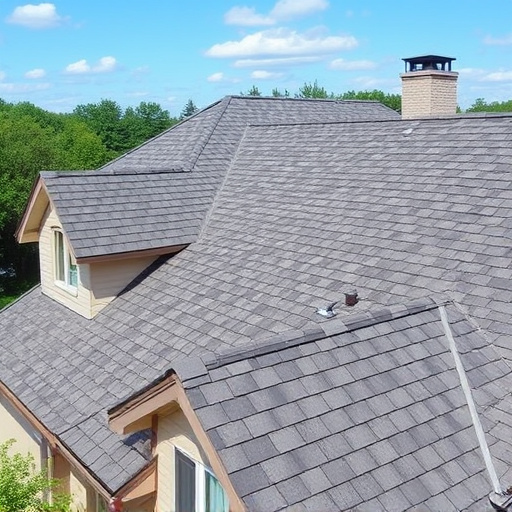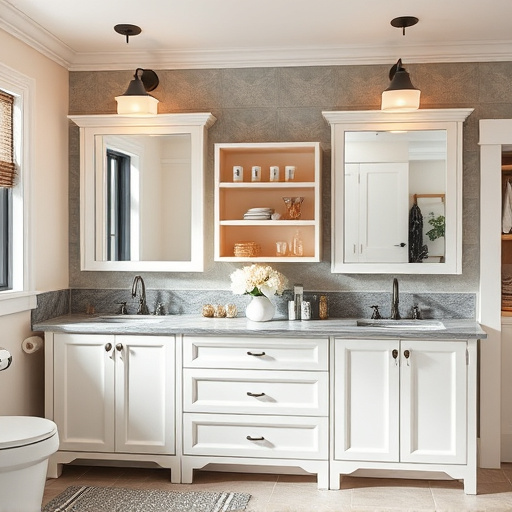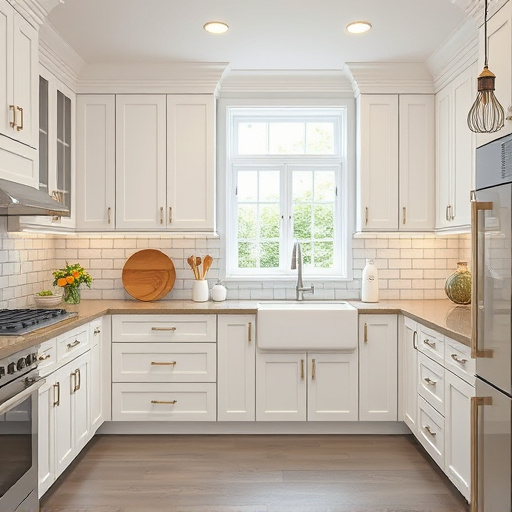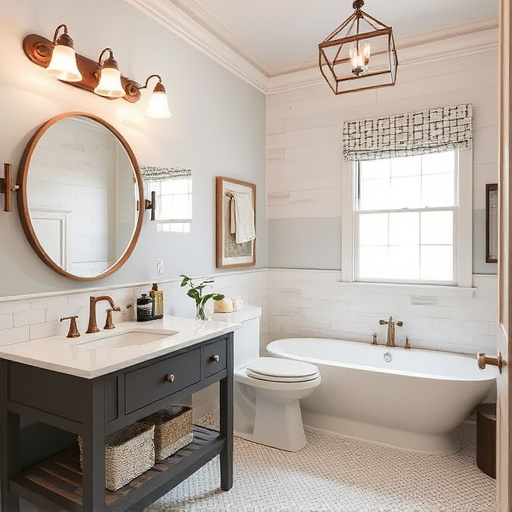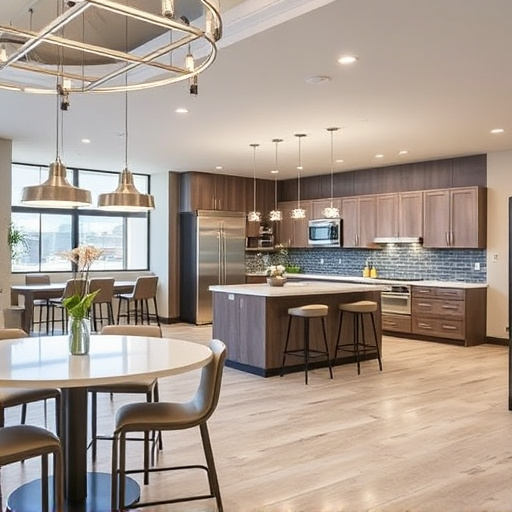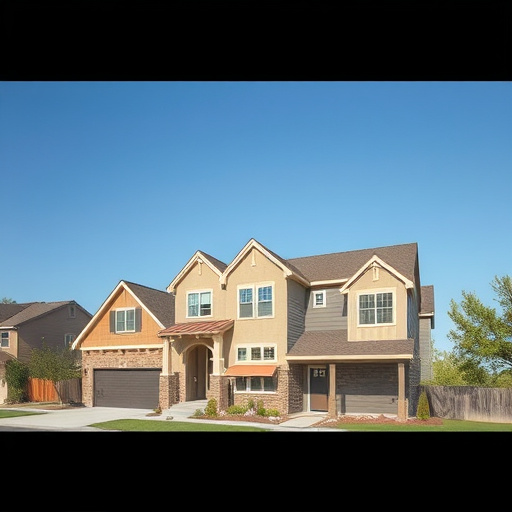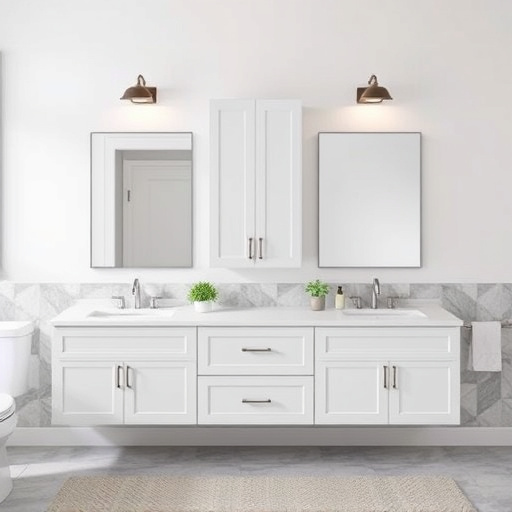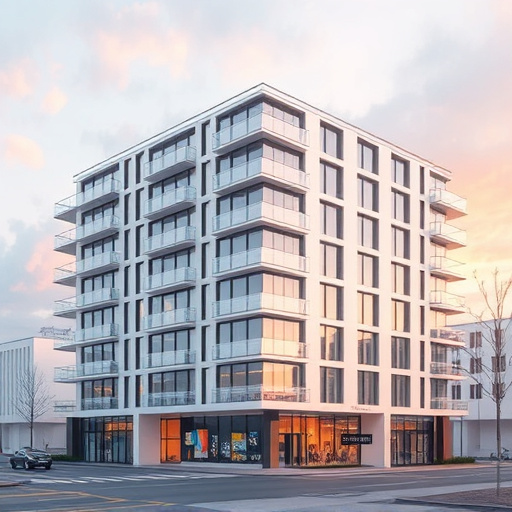Custom homes designed for multigenerational living prioritize open floor plans and versatile spaces, like adjustable kitchens and living rooms, to encourage interaction and adaptability over time. Key features include low-maintenance exteriors, flexible furniture, and thoughtfully planned private & communal areas, ensuring the home caters to evolving family needs from aging residents to growing families.
In today’s evolving families, multigenerational living has become a cherished yet complex arrangement. This article explores how custom homes can seamlessly accommodate diverse age groups through thoughtful design and flexibility. We delve into strategies for creating interconnected spaces that foster bonding across generations, incorporating adaptable features within custom homes to cater to changing needs. By focusing on comfortable common areas, we showcase how these residences can become vibrant hubs for multigenerational families, uniting them in a harmonious living environment.
- Designing Spaces That Foster Connection Across Generations
- Incorporating Flexibility and Adaptability in Custom Homes
- Creating Comfortable Common Areas for Multigenerational Families
Designing Spaces That Foster Connection Across Generations
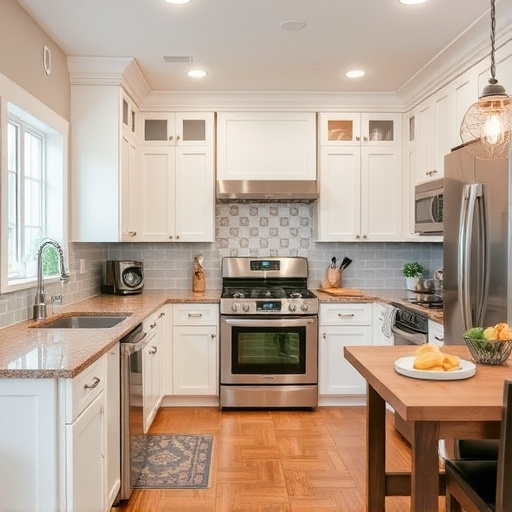
In designing custom homes that accommodate multigenerational living, creating spaces that encourage connection and interaction across different age groups is paramount. Open floor plans have become a popular choice in residential renovations as they facilitate easy movement and conversation among residents of varying mobility levels. Large, shared areas such as an expansive kitchen or a central living room can serve as communal hubs where folks from all generations can gather, cook meals together, or simply engage in meaningful conversations. These spaces not only foster social interaction but also create a sense of belonging within the custom home.
Furthermore, incorporating versatile design elements allows for adaptability to changing needs over time. For instance, adjustable shelving and counter heights in kitchen renovations cater to both children learning to cook and elderly family members who may require assistance. Whole house remodels can include smart home technology that enables seamless interaction between generations, such as voice-activated controls for lighting or temperature settings, ensuring comfort and independence for all residents. By thoughtfully integrating these design considerations into custom homes, families can enjoy a harmonious environment that supports intergenerational bonding.
Incorporating Flexibility and Adaptability in Custom Homes
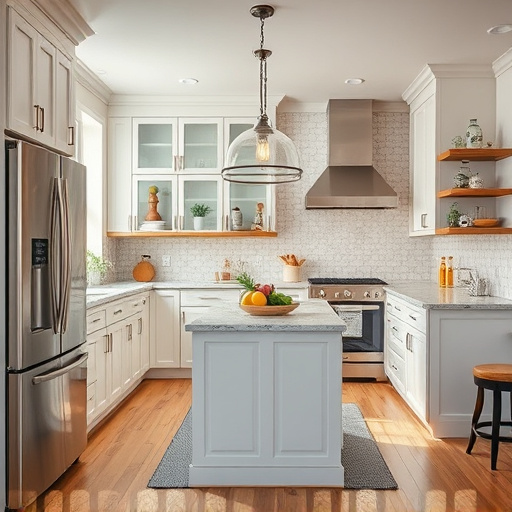
Incorporating flexibility and adaptability is key when designing custom homes that support multigenerational living. These homes should be designed with various life stages and needs in mind, ensuring they can evolve alongside their occupants. For instance, incorporating adjustable shelving and counters in kitchens allows for easy remodeling as family dynamics change—a simple upgrade from interior painting or a new kitchen remodel can transform the space to better suit aging-in-place residents or young families with growing children.
Exteriors should also reflect this adaptability, featuring low-maintenance materials that stand the test of time and changing weather patterns. A well-planned layout allows for private spaces as well as communal areas, fostering harmony among generations while offering retreat opportunities when needed. This thoughtful design extends beyond merely aesthetics; it means creating a home that’s as functional now as it will be in the future, enhancing its value as a safe haven for all family members throughout their lives.
Creating Comfortable Common Areas for Multigenerational Families
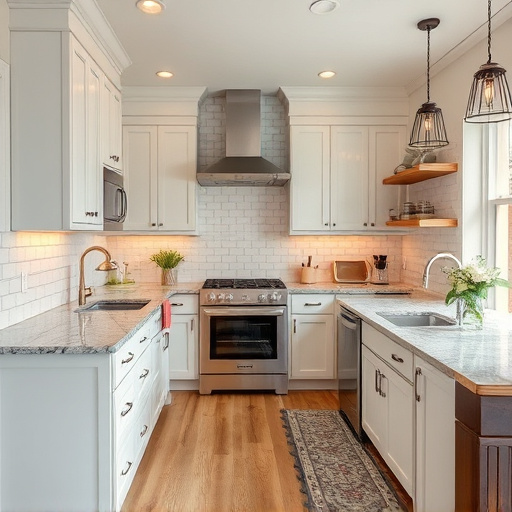
In custom homes designed to accommodate multigenerational living, comfortable common areas are paramount. These spaces should foster meaningful interactions and shared experiences across different age groups. Open floor plans that seamlessly blend dining, living, and kitchen areas encourage communal gatherings, whether it’s a family meal or a game night. Incorporating versatile furniture, such as modular sofas and folding tables, allows these spaces to adapt to various activities and accommodate changing needs over time.
Well-designed common areas also consider the comfort and privacy of each generation. Custom homes can seamlessly integrate home additions or renovations that provide separate yet connected living quarters for older members or visiting relatives. Thoughtful interior painting schemes and careful consideration of lighting can create calm retreats within these spaces, ensuring every family member has a place to unwind and feel at home. Whether it’s an exterior painting project that enhances curb appeal or home additions that maximize natural light, these touches contribute to a welcoming atmosphere that supports multigenerational living comfortably.
Custom homes designed with multigenerational living in mind offer a unique opportunity to forge strong family bonds. By incorporating flexible design elements, adaptable spaces, and comfortable common areas, these homes facilitate meaningful connections across generations. Whether it’s a multi-generational gathering or individual privacy, such tailored residences cater to diverse needs, ensuring comfort and harmony for all. In today’s evolving families, custom homes that embrace multigenerational living are truly a game-changer, fostering lasting family memories within their walls.




